Greece is usually known abroad for its hot summers, picturesque islands and amazing beaches. And rightfully so. But there is another side of Greece, outside major summer touristic destinations that is equally breathtaking. With my wife we decided to take a road trip to the most north-western part of of the country, a region filled with beautiful landscapes, mountains, lakes, and stone built villages. It was a great opportunity to get to use both my Bronica SQ-B and my Nikon FM and lots of film.
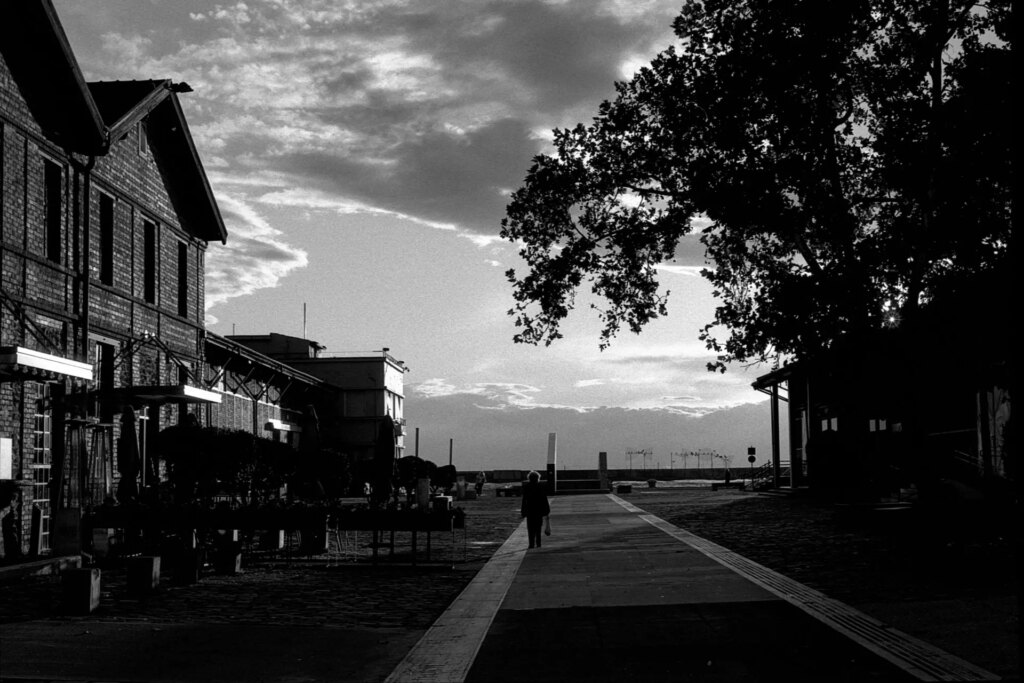
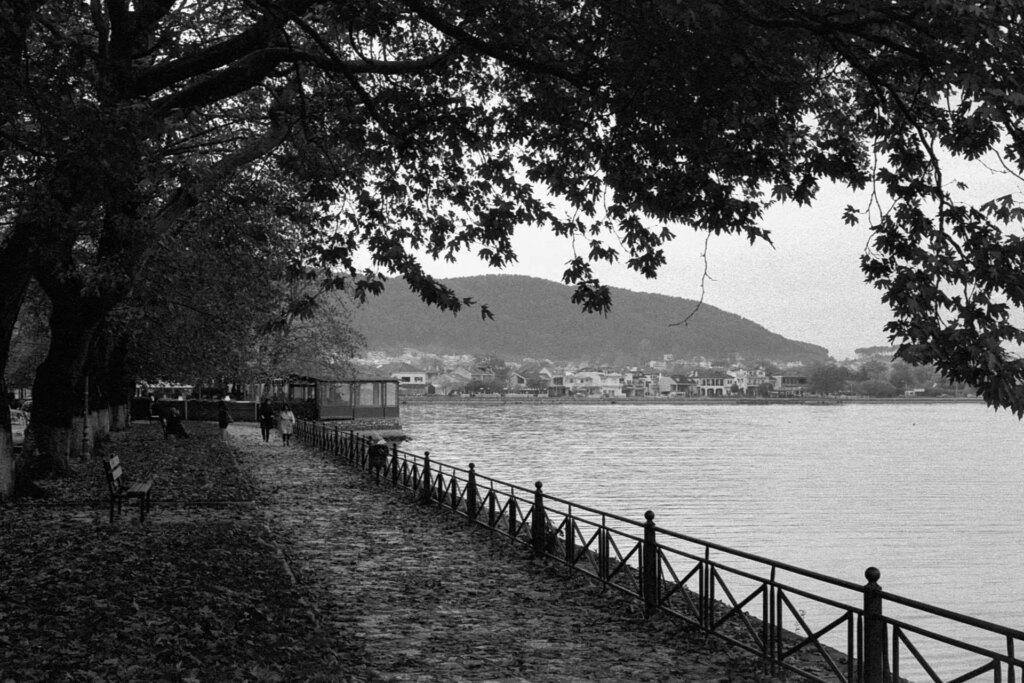
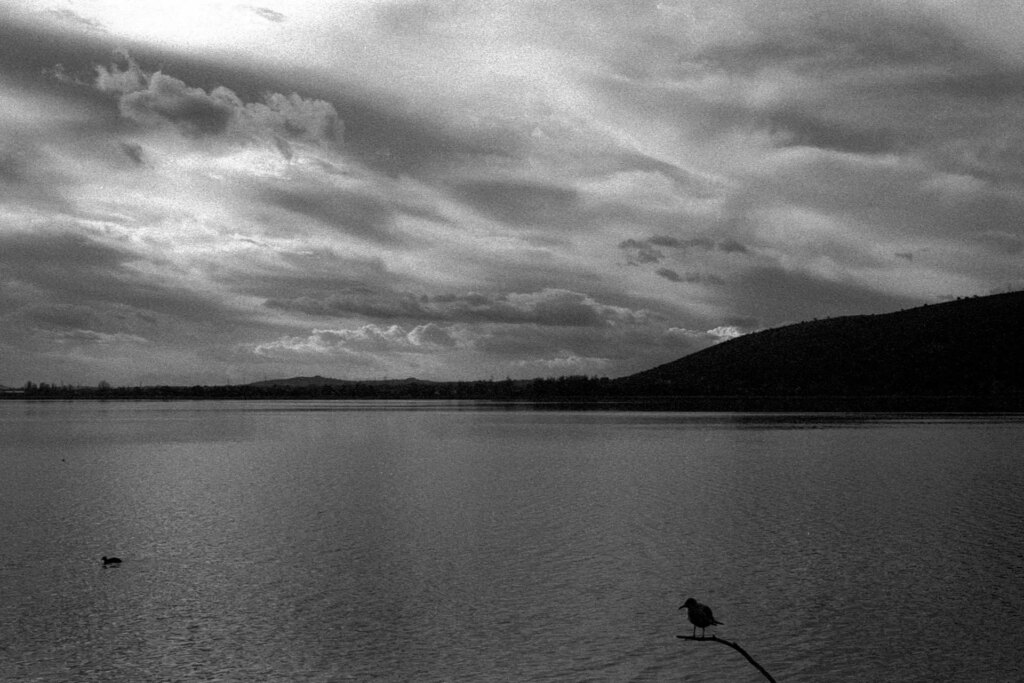
Medium Format vs 35mm
Usually, whenever I am out of Athens for a trip, I have to choose if I will use a medium format or a 35mm camera, but this time I had plenty of time to use both. I’m really torn between these two formats, there are numerous times I thought of abandoning one for another but I keep coming back to using both. Every time I shoot with the Bronica SQ-B and the 80mm Zenzanon PS lens I’m in aw after developing and scanning the films. The quality of the photos you get on 120 film is just better, less grain, nicer smoother falloff, much better resolution and in this case, the unusual square format that forces you to reevaluate framing with a fresh eye, is a delight.
If you think of it, the vast majority of images we see since we are born are in rectangular form, paintings, books, photographs, movies, screens on computers, tvs and mobile phones, even our own vision is in “landscape mode”. The composition on a 6×6 negative size you get from a Bronica SQ is both more tricky to nail but also more aesthetically pleasing when it works than any other format, in my opinion. As for the camera itself, as I have written before here, on 35mmc, is a much more rewarding and richer experience than shooting with a 35mm slr. If you are bored to read the article in the link, here is my three words resume: It’s f****** awesome.
On the other hand whenever I shoot with my Nikon FM I think to myself, “why do I even bother with that big heavy medium format camera? I can carry the Nikon everywhere with ease, it has a built in light meter, I can shoot faster, way more economical and I get two extra stops of light, combining the Nikkor 50mm f/1.8d and the 1/1000s of the shutter, than the 80mm Zenzanon PS f/2.8 and 1/500s maximum shutter speed of the Bronica.” Quality of the scanned negatives is not bad either, if you cautiously combine film, developer and development. And then I try the Bronica again and the vicious cycle begins once more.
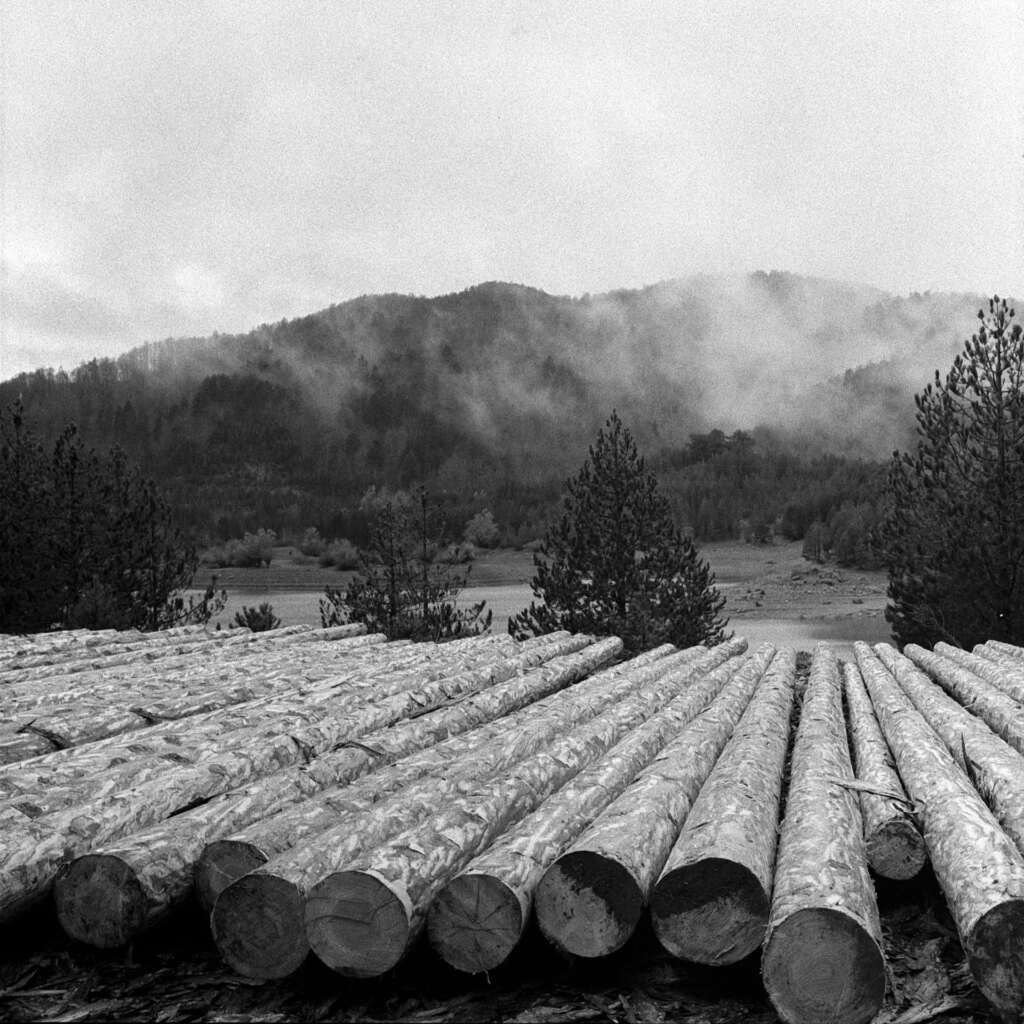
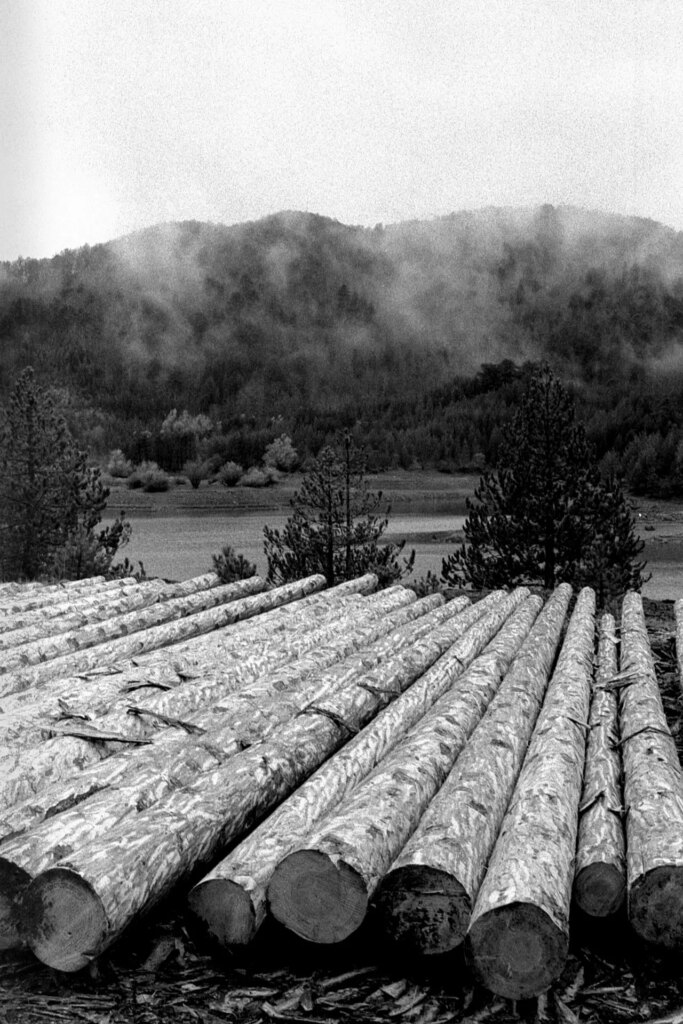
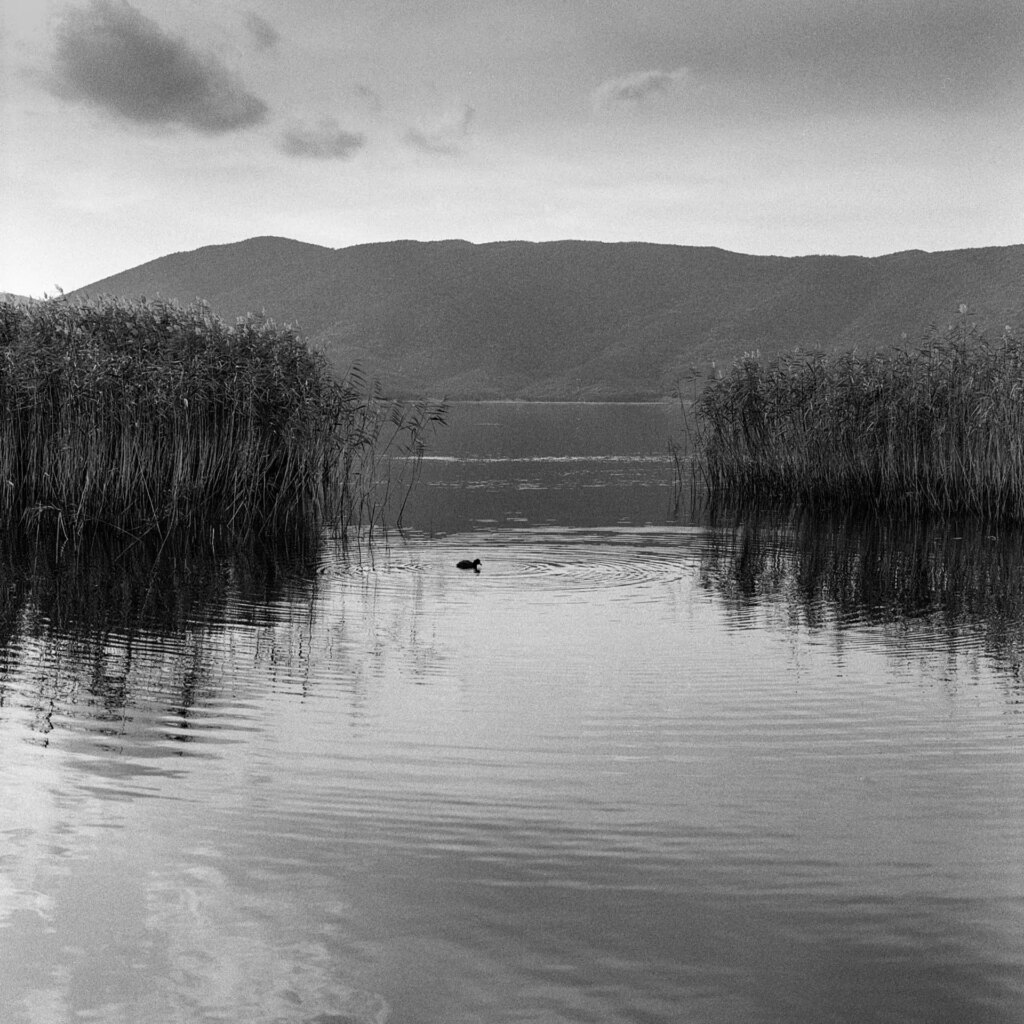
The Films
For this road trip I brought with me almost every film I had available. Ilford HP5 & Ilford Delta 400 on 120 format and Agfa APX 400 & Ilford FP4+ on 35mm. I came to some useful conclusions now that I had the chance to develop all of them with the same developer, Rodinal.
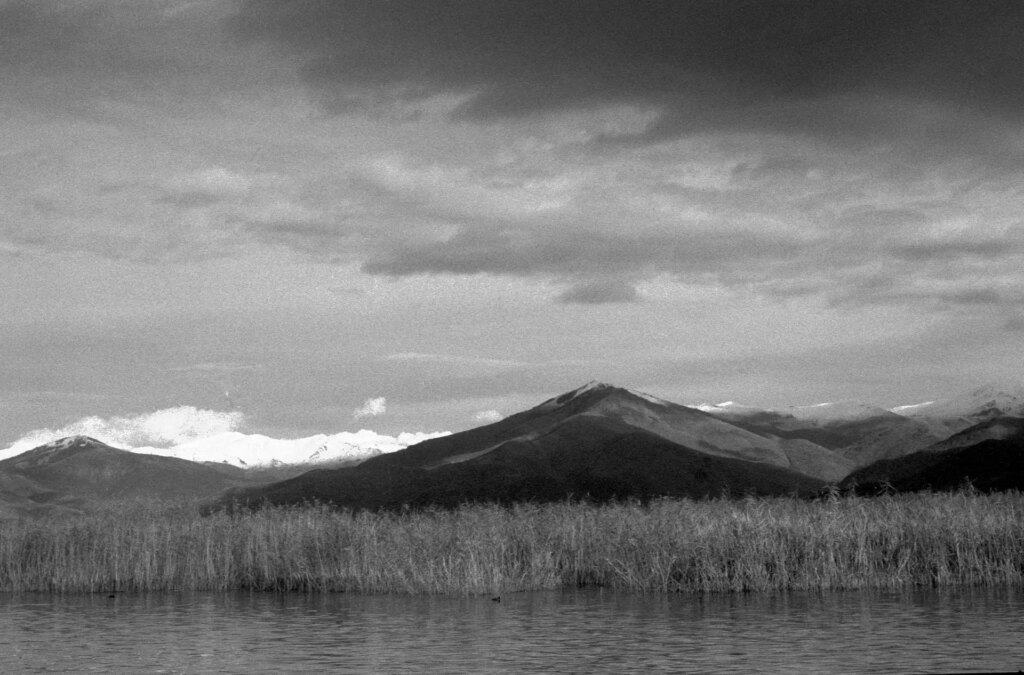
Ilford HP5 vs Ilford Delta 400 on 120
The more I shoot and develop HP5 in 120 the more I think this THE film to use in a medium format camera. It is so versatile, you can use it under any light conditions including night photography because you can easily push is to 1600 or 3200, grain is not an issue at this size of negative, it offers great tonality and it is reasonably priced.
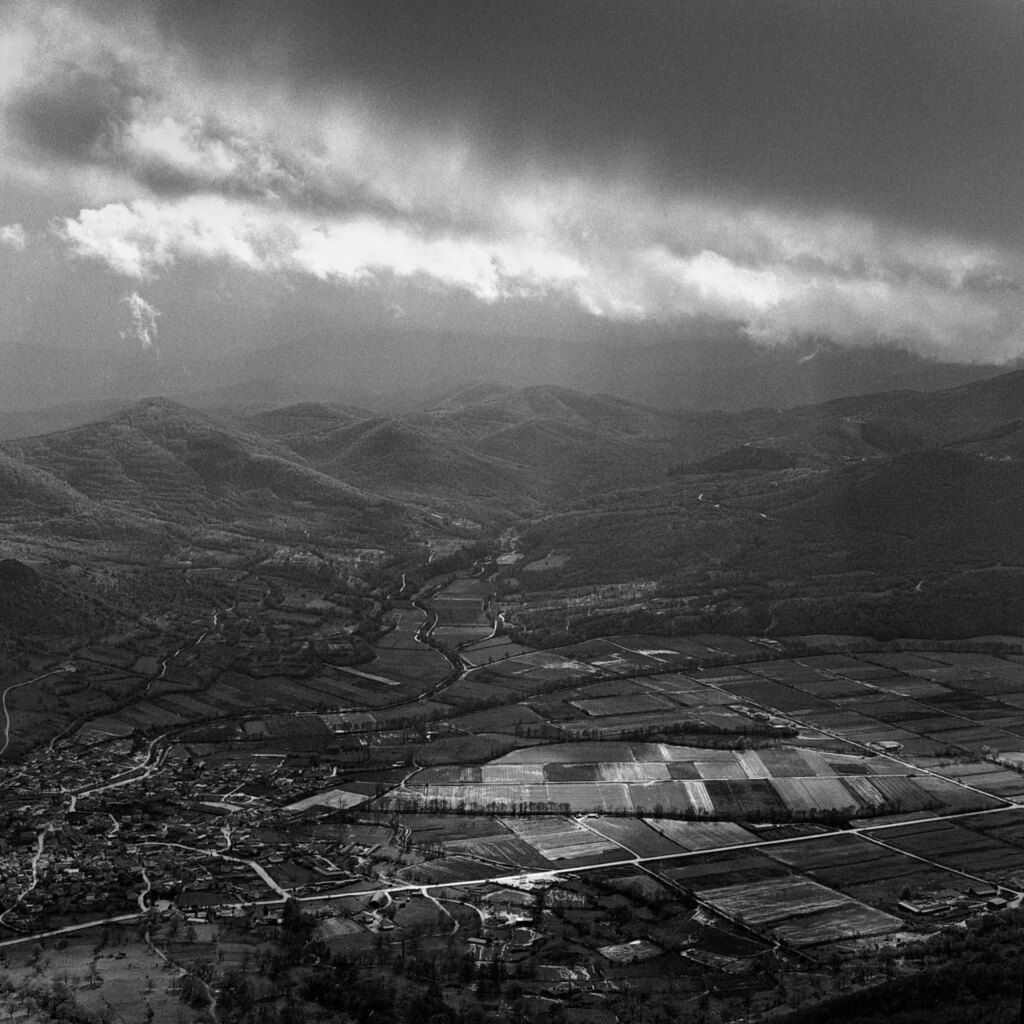
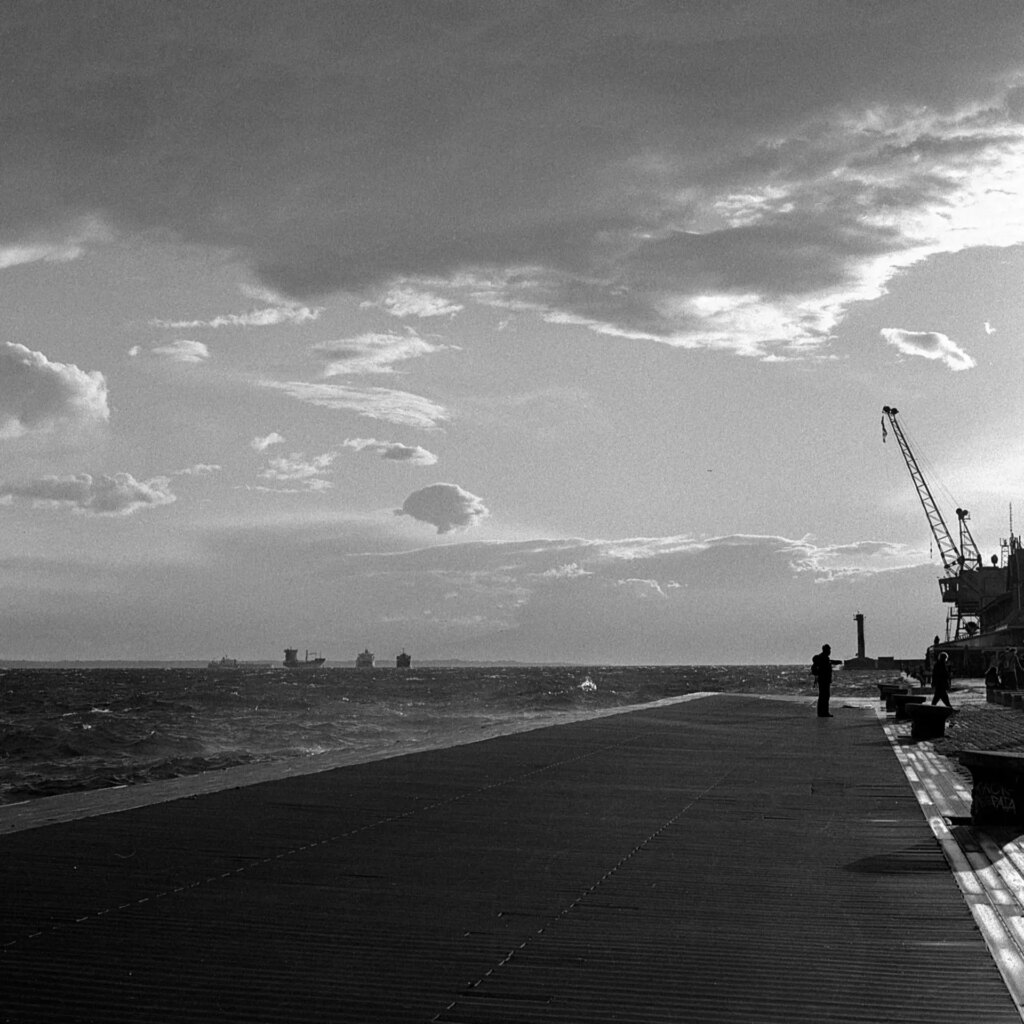
I have only shot two rolls of Delta 400 in 120 format so I can’t be objective about it. I got some very nice negatives although the were a bit too contrasty for my taste, perhaps Rodinal is not the optimal developer for it. I certainly prefer it on 35mm over other films due to much less grain, but in 120 and with the price punching above HP5 is kind of hard to justify buying more.
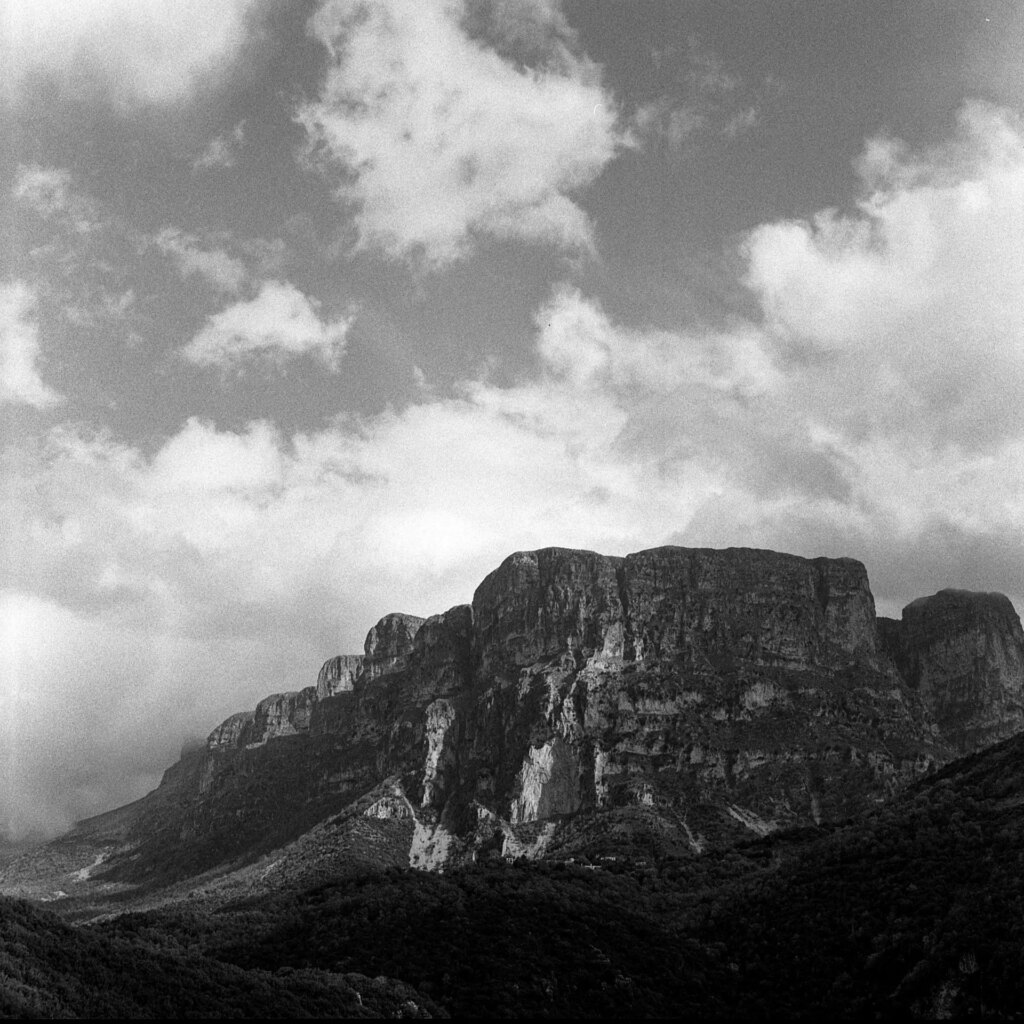
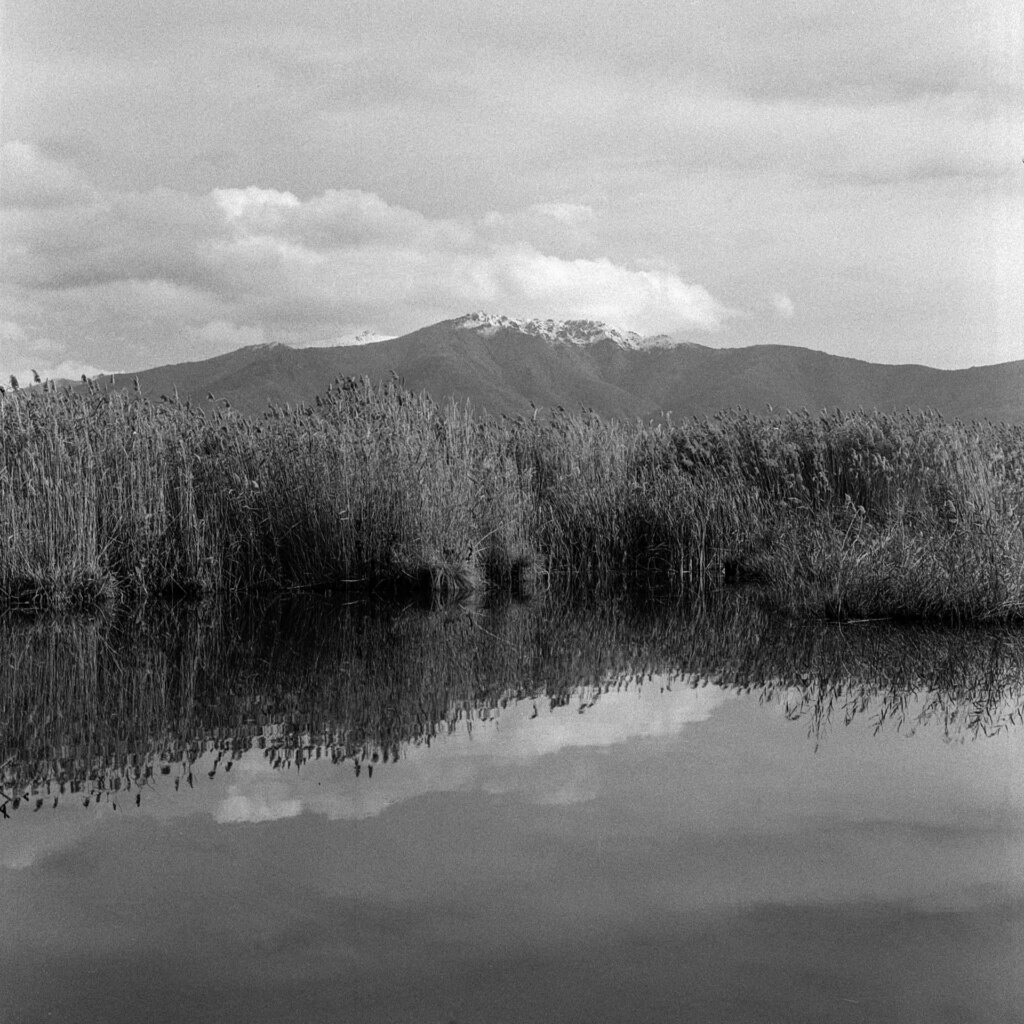
Agfa APX 400 vs Ilford FP4+ on 35mm
The winner is FP4+, hands down, end of story. But let me elaborate a bit more for the sake of this article. I have shot about 10 rolls of Afga APX 400, I have developed them with different Rodinal dilutions, 1+25, 1+50 and also semi stand development when I pushed it to iso 800. In all of these rolls the highlights are blown out, every single time, also some of the scanned negatives look “muddy”. Having said that, I have shot indoors with APX400 both on iso 400 and pushed to iso 800 and I have no complaints, it’s not monumental but it will get the job done. Luckily the weather during the road trip was very cloudy. It is also is one of the cheapest 35mm you can buy and for that I reason I’ll probably use it again, just not for sunny outdoors shooting.
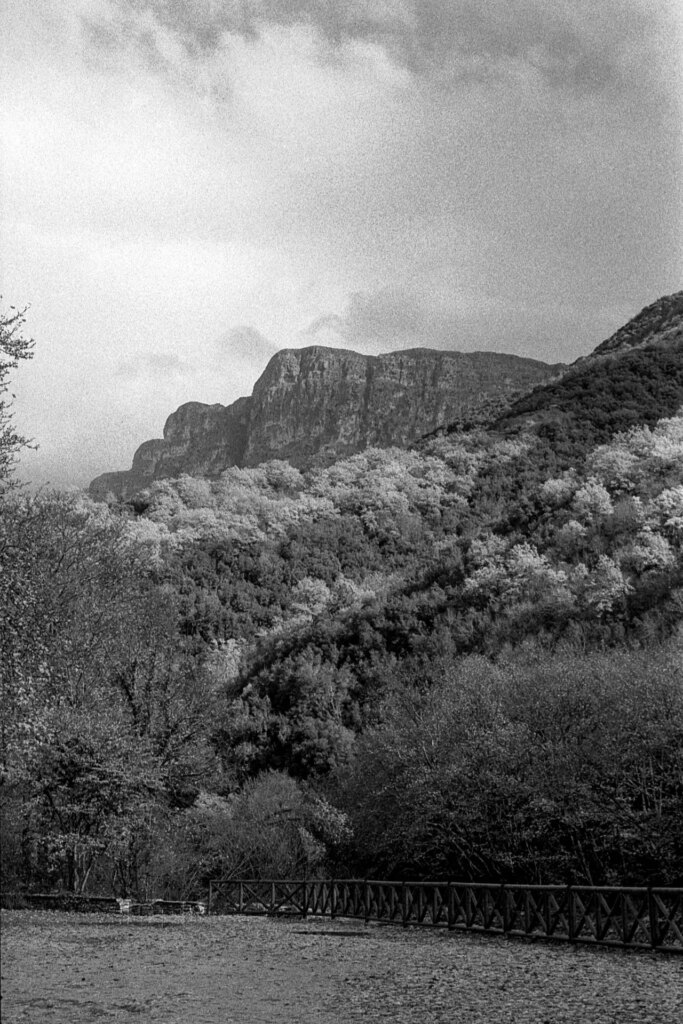
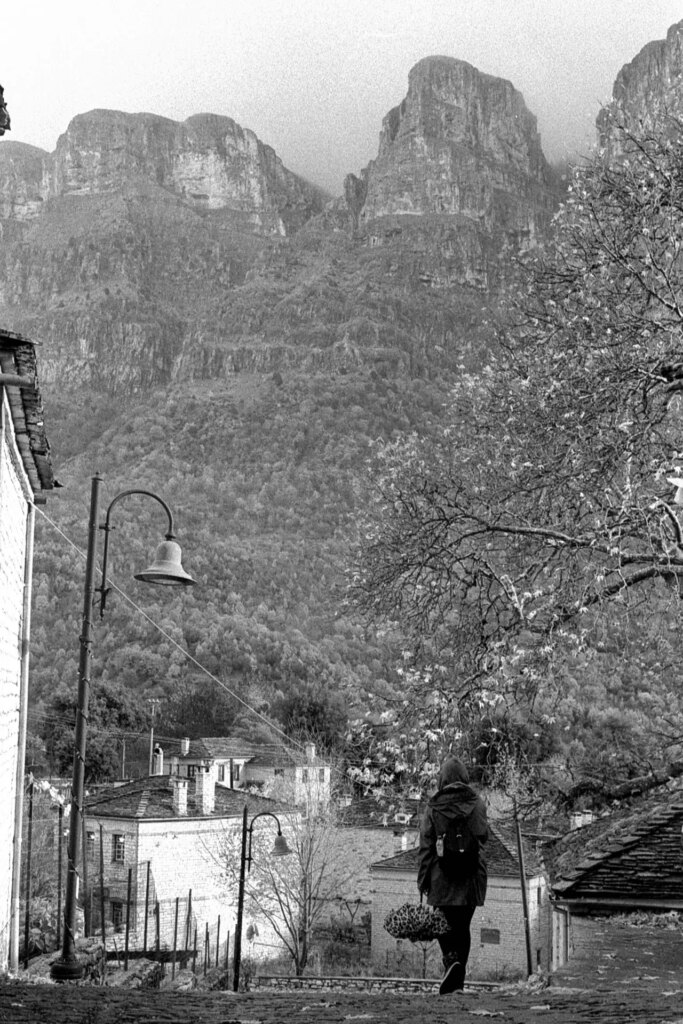
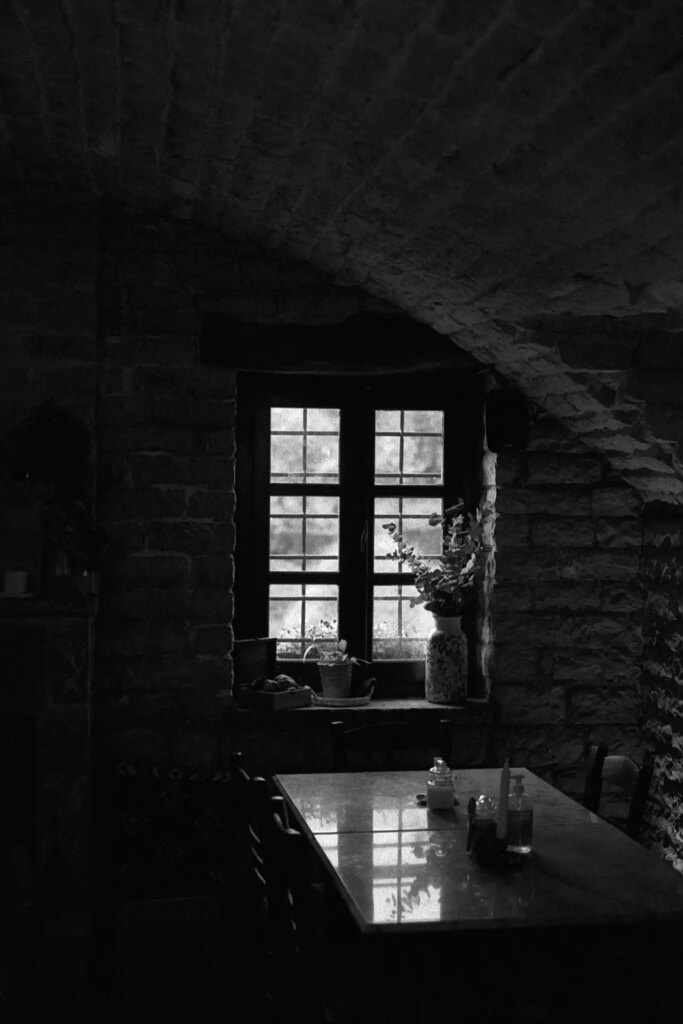
FP4+ is another story, probably my favourite 35mm film, it has never let me down, you can’t really push it but you usually don’t need to when choosing an iso 125 film. Seeing photographs of FP4+ and APX400 side by side is like night and day. Everything is sharper, with better tonality and highlights like clouds for example, look great. On APX400 you don’t have to worry about clouds. Because they don’t exist.
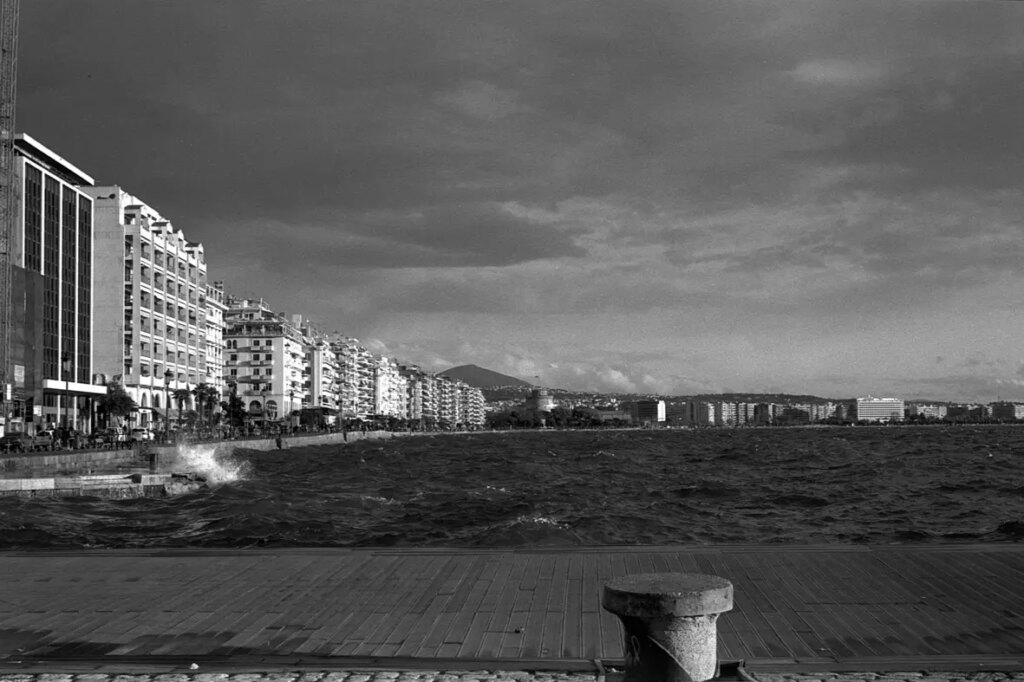
Light metering
I brought with me two light meters to try, a spot meter and an average light-meter.
The TTArtisan Light Meter is a small average light meter that slips into the camera’s shoe. Since Bronica hasn’t one, I have attached neodymium magnets on the camera and the light meter, magnets form a sturdy connection and I can remove and reattach the light meter easily. Metering is easy and fast, you just press the only button, it takes the reading and keeps it, so you can afterwards see all the combinations of speed/ aperture that make for a proper exposure. All the photos I took with it came out as well metered.
I recently bought also a Seconic Digi-spot spotmeter to experiment with. It can meter at a very narrow 1° area and you can switch it to meter with EVs. I use it with a zone system scale to place parts of image in the zone I want, even though you can’t really do zone system unless you shoot on large format and develop each negative separately.
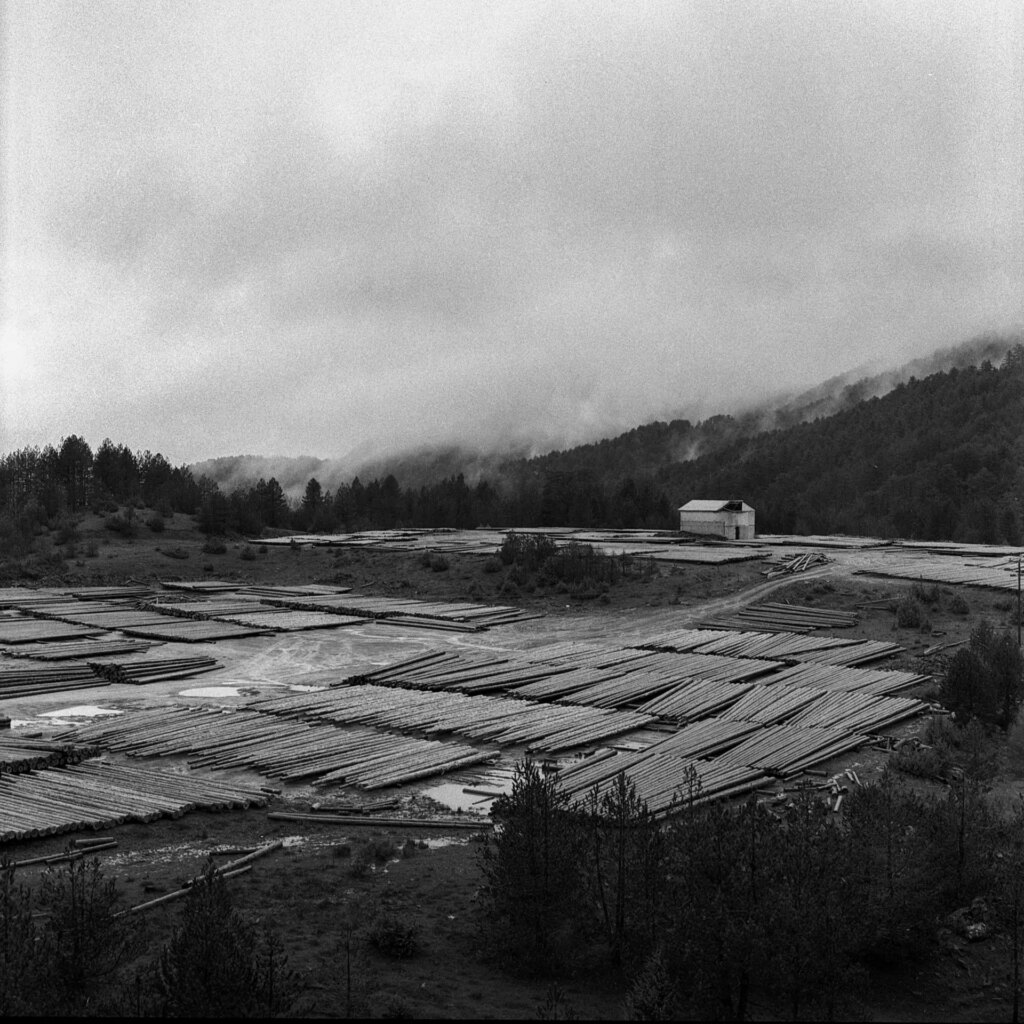
Believe or not, after 170 photos I took I still missed the one I was aiming the most to get, the monumental “Vikos Gorge“, due to very heavy fog on the day we were there. I think I will have to repeat this trip with even more film…
You can find more of my photographs on my instagram page, I’d love to get your feedback.
Share this post:
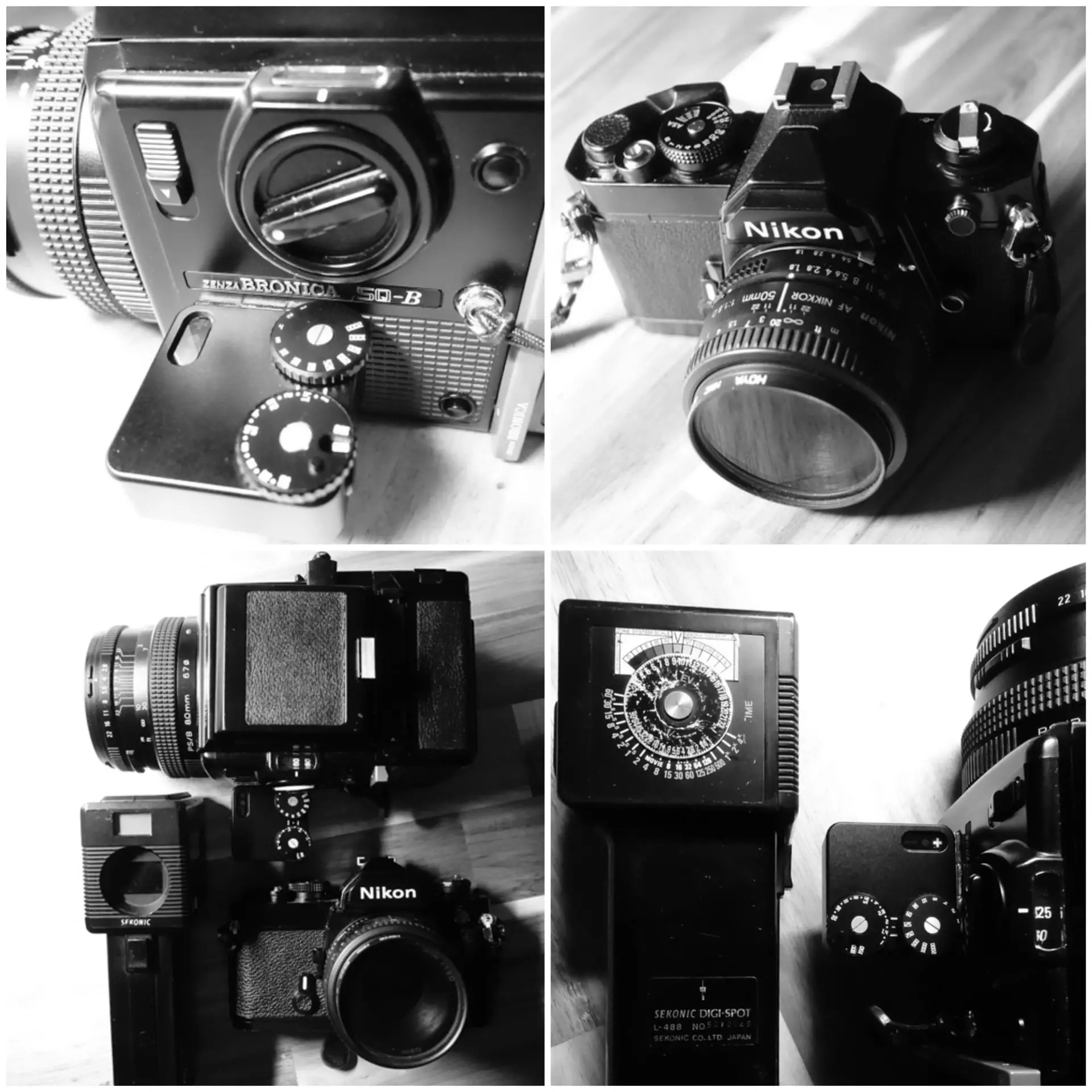








Comments
jason gold on A Photographic Road trip to a Different Greece – By Stelios Themelakis
Comment posted: 21/05/2022
What I missed (personal opinion) were folks! Greek folks. The joy of Costa Manos photos entranced me and still do. He used Tri-X (original) and Rodinal original. Leicas which somehow have less grain and blown out highlights.. I see it in films exposed at same periods sharing Nikon/Minolta whatever. I use a Rolleiflex with Tessar. Yup. It was what Irving Penn used. He might have been somehow "better" if he's used better! Look forward to more images/ photos. Photos are film. Images digital.
A remarkable travel trip. Thank you.
Comment posted: 21/05/2022
Dave T on A Photographic Road trip to a Different Greece – By Stelios Themelakis
Comment posted: 21/05/2022
The results and details of the film and developer were very helpful.
Comment posted: 21/05/2022
Bob Janes on A Photographic Road trip to a Different Greece – By Stelios Themelakis
Comment posted: 21/05/2022
I rather like APX 400 as a film, as it dries nice and flat, which makes scanning less of a bother.
Have you tried the Iso 100 film in comparison to FP4?
Comment posted: 21/05/2022
Mike on A Photographic Road trip to a Different Greece – By Stelios Themelakis
Comment posted: 21/05/2022
I have a very similar set of cameras (FE instead of FM) For me the 35mm format was always better for candid, spontaneous stuff, where capturing the moment may be more important than technical perfection
Comment posted: 21/05/2022
Cesar Branco on A Photographic Road trip to a Different Greece – By Stelios Themelakis
Comment posted: 23/05/2022
Comment posted: 23/05/2022
JP on A Photographic Road trip to a Different Greece – By Stelios Themelakis
Comment posted: 20/09/2022
Stelios Themelakis on A Photographic Road trip to a Different Greece – By Stelios Themelakis
Comment posted: 20/09/2022